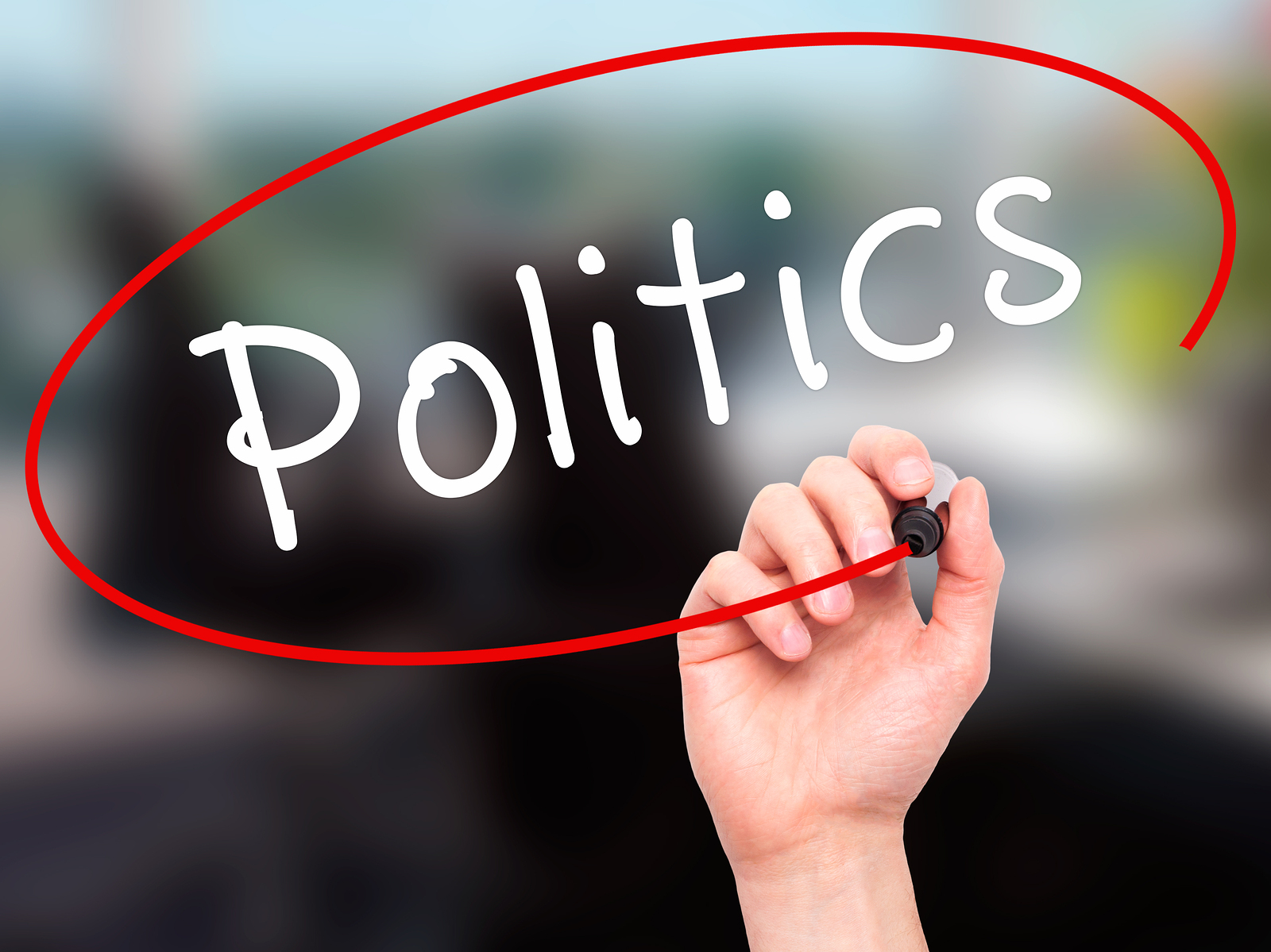I was recently talking to my wife who also works in the realm of government affairs about the upcoming election in November. While my position here at the Ohio Chamber focuses mostly on political campaigning and grassroots advocacy, her focus is mostly in the world of policy analysis and direct lobbying at the Ohio Statehouse.
During our discussion, we both talked about jargon, (by definition: “special words or expressions that are used by a particular profession or group and are difficult for others to understand”) that exists within our industry. A lot of this jargon is continually thrown around in newspapers and by TV pundits without much explanation to those digesting the information.
I thought it would be a worthwhile exercise to come up with three examples of jargon and then offer explanation by both practical definition and a practical example in terms of Ohio politics.
Let me know what you think:
Primary vs. General
By definition:
Here in the United States, we regularly have two different types of elections. A primary election is an opportunity for voters affiliated with a political party (Republican, Democrat, Libertarian, Green, etc.) to nominate candidates to run for a particular political office. Ultimately, the nominees from each political party face each other in the general election, which takes place the first Tuesday after the first Monday in November each year. The winner of a general election then takes office, usually around the beginning of the next year.
In Ohio:
In 2018, there are currently four Republican primary candidates, and five Democratic primary candidates that have announced their intention to succeed lame duck (we’ll get to that one next) Gov. John Kasich. All potential candidates have until February 7 to gather the required number of signatures in order to appear on the primary ballot 90 days later (May 8, 2018).
Lame Ducks
By definition:
The term lame duck can have two meanings, which can be confusing for those that may not work directly in the sphere of government affairs. The first definition, when applied to a particular elected official, means that the individual is no longer able to run for the office which they currently hold. They can earn the title either through a loss in the general election or as a result of term limits. Term limits refers to a restriction on the amount of time a person can hold an elected position.
The second definition, which applies to legislative bodies (i.e. U.S. Congress, Ohio General Assembly), refers to the time between the general election and the end of the legislative session. There is a rush during this time to pass legislation before the end of a congress or general assembly. If the legislation is not passed by the last date of session, it must be introduced and go through the entire process of becoming law again at the start of the next congress or general assembly.
In Ohio:
Gov. Kasich is currently a lame duck via term-limits. He will turn over the keys to the governor’s mansion in January of 2019. Last November, the General Assembly held a lame duck session that was quite busy for our government affairs team here at the Ohio Chamber. Here is a blog post detailing all the legislation we monitored.
General Elections: Presidential vs. Off-Year vs. Mid-term Elections
By Definition:
A presidential election is probably the most straight forward; it’s the year we elect the President of the United States and occurs every four years. Federal and state candidates also appear on the ballot. The year following the presidential election is what would be called an off-year election. During this election there could be municipal or county candidates, plus local or statewide issues on the ballot. A mid-term occurs two years after the Presidential election with federal and state candidates, again appearing on the ballot.
In Ohio:
Last year, Ohioans elected President Donald J. Trump over Hillary Clinton in a landslide, thus continuing our status of having picked the eventual President since 1960. This year, in an off-year election, Ohioans head to the polls to consider two statewide ballot issues, some municipal races and other local issues. Next year in the 2018 mid-terms, Ohioans will vote for all statewide offices, two Ohio Supreme Court Justices and U.S. House & Senate. Nationally, the 2018 mid-terms will serve as a barometer for President Trump’s young administration.
If you’re interested in receiving more insight on Ohio politics from my point of view, Check me out on Twitter @probizpolitics or at allforohio.com.
